Shanks for the Memories: The Rise and Fall and Return of The Shanks…
Darker Days: The Return of The Shanks
by Tim McMahan, Lazy-i.com
Here’s one way to sum up the rise and fall of The Shanks, Omaha’s original shock-rock punk band:
Throughout our interview a couple weeks ago on the screened-in porch of guitarist Todd VonStup’s midtown house, band members got up and relieved themselves into spent beer cans and liquor bottles that lined the window ledge.
Moments after relieving himself, drummer/vocalist Jeff Ankenbauer walked back to his chair with a gin bottle filled with pale-yellow liquid, pushed it to his lips and tilted it over his head, drinking drinking drinking every last drop, as the rest of the band — bassist Johnny Vrendenburg, guitarist Austin Ulmer and drummer Jeff Lambelet — shook their heads and smiled.
Ulmer would try to recreate the stunt later during the interview, with Vrendenburg pointing out, “That’s not even his piss. That’s mine.”
I was tempted to leave those little episodes out of this story because I knew if I kept them in, they would be the only thing people would talk about later. And then realized that such outrageous behavior epitomized everything that went wrong (and some might say, went right) with The Shanks.
Throughout the band’s short, sharp career that ran from sometime around 2006 until VonStup killed it in the fall of 2008, their performances became more known for their shocking stage antics and reckless violence than their abrasive, slurred take on fuck-you punk. Broken glass was a recurring theme, as was male-on-male make-out sessions, thrown instruments and the occasional dust-up either on stage or in the audience. When you went to a Shanks show — usually at midtown drunk shack O’Leaver’s — you kept your head on a swivel; you watched for flying debris, or flying urine.
It got to the point where the antics became so over-the-top that the shows could have been confused with performance art, an accusation greeted with a chorus of “fuck you’s” from the band.
“We were the only real punk band out of Omaha,” Ankenbauer said. “We were the destruction of music. Even if we didn’t play our instruments well people would come just to see what the fuck we’d do. It was a throwback to the ’70s. We loved The Germs; we envied The Reatards. We didn’t have a pop sensibility, and we didn’t care.”
It actually began back in 2001. Shortly after VonStup first moved to Omaha from Washington he was introduced to Ankenbauer through a mutual friend. “We hung out in Todd’s basement and listened to all this GLS stuff, SubPop, Nirvana, Mudhoney,” Ankenbauer said. “We had a bond and bounced music off each other, but we never left the basement.”
Ankenbauer eventually joined garage band The Zyklon Bees (who became Brimstone Howl), while VonStup joined Janitors of Tomorrow. Both were short-term tours of duty, and the two ended up together with the idea of creating “obscure minimalist rock ‘n’ roll, abrasive-as-fuck music,” Ankenbauer said. “I bought a drum set from Dave Goldberg (then of Box Elders) for $100 that I didn’t know how to play.”
Ankenbauer and VonStup immediately began writing music. “The names of our songs were the bands we were ripping off,” VonStup said. “We’d say ‘Let’s play that one that sounds like The Oblivions or The Mummies or The Reatards.'”
They say their first show was a Hy-Vee party in Lincoln in 2004 or 2005, where they destroyed a borrowed drum set. But their first “real show” was probably at The Chatterbox (which became Box Awesome), in Lincoln. Early band members included bassist “Pfloyd” and Steve Sampley.
It was at a 2006 Brimstone Howl show at The Power Pad, a notorious party house, that Vrendenburg first met the duo. “I was standing right next to Todd when Jeff pissed in his own mouth and sprayed it all over everyone,” Vrendenburg said. “I said ‘I want to hang out with that guy.'” Shortly afterward he replaced Pfloyd on bass.
By that time, the band already had begun recording. Their debut 7-inch, “Cut Me,” was released on Lincoln’s Boom Chick Records in November 2006, and was followed by another 7-inch, “Big Feelin’,” in August 2007. Touring began around the same time, including a brief swing with Ric Rhythm and The Revengers, a band that featured Austin Ulmer and Jeff Lambelet.
“I was Jeff Vrendenburg’s replacement on bass in Brimstone,” Ulmer said. “He threw beer cans at me during one of our shows.”
Ulmer would join The Shanks after being picked up at a bus stop the day after finishing a Brimstone Howl tour. “I went straight from Brimstone to tour with them,” Ulmer said. “It was the best six days of my life.”
While all this was going on, an innocent nation began to take notice of The Shanks. Both singles were reviewed in punk-rock print ‘zine Maximum Rocknroll, eventually making the publication’s top-10 list. “We were so shitty, we were good,” Vrendenburg said.
In addition to Boom Chick, punk/noise labels FDH, Empty and Dead Beat all expressed interest in putting out a Shanks full length.
“It wasn’t going to happen,” VonStup said. “We had it musically, but not with the mental state of our personal lives. Here was something we all wanted to do, but we were so fucked-up we couldn’t do it.”
It was a time that the band calls The Dark Days, fueled by drugs, booze and short fuses. “We’d show up to practice with a 30-rack of beer and a goon bag of Franzia,” Vrendenburg said. “Alcohol is a fuel and an inspiration, but it’s a downfall.”
“There were too many vices, a lot of hatred and jealousy and shit and anger and being pissed off,” Ankenbauer said. “That’s why shows at that point were so volatile. We said ‘Fuck the audience.’ We hated our lives and our relationships. We were strung out.”
“We never started fights, but people started shit with us,” VonStup said. “People were becoming afraid of us.”
The typical Shanks show involved the band stumbling to the stage inebriated, seething with rage at each other and the world, before plugging in and exploding into a bright-white punk fireball. No, it wasn’t performance art. The anger and hate boiling from the stage was too honest, some might say, too pure. And it fueled everything — every chord and drumbeat and rock-hard fist — all on stage for everyone to see. The show usually climaxed with Ankenbauer, a drunken man mountain, climbing from behind the drum kit like an angry bear ready to maw anything in its path.
“I would drink myself to the point where I would not care if I woke up,” VonStup said. “Here we were, waiting to go to hell, but we pulled each other out. It was like a scene from The Deer Hunter.”
“It was a Shanks’ mentality,” Vrendenburg said. “It’s obnoxious, it’s pissed off, but not toward any one person.”
“It’s the way it was,” Ankenbauer said. “We were volatile. If we had had guns, it would have been war.”
A short war. The beginning of the end came when Ankenbauer and Vrendenburg formed Dance Me Pregnant. “The Shanks was my main outlet,” VonStup said. “I did one band at a time. So when they started Dance Me Pregnant (and then The Dinks), it was like cheating. That was the end of it.”
After the band folded in the fall of 2008, The Shanks did one last small tour in May 2009, including a final meltdown show on May 30 in Chicago with Digital Leather. Then it was over. In the aftermath, national label Tic Tac Totally released the “Backstabber” single in February 2010, while local label Rainy Road Records released I’d Fuck Me, a cassette collection of Shanks B sides collected from sessions dating back to 2006.
As The Shanks became a distant memory, band members began to “clean up.” Vrendenburg, Ulmer and Lambelet would go on to join Shawn Foree’s band Digital Leather. Ulmer also formed Peace of Shit with Ankenbauer, while VonStup joined ex-Ladyfinger bassist Ethan Jones in Baby Tears. Despite that, people still wanted to see The Shanks.
“It started as a joke,” Ankenbauer said of the upcoming reunion. “People wanted us to play in other cities, but everyone has a life here now. We said, ‘Why don’t we do a reunion over two nights and wreak havoc at O’Leaver’s and play every song with Jeff (Lambelet) on drums, and I’ll just sing lead?'”
“Everyone will hear the songs as they’re supposed to be heard,” VonStup said. “You will hear every fucking song we remember. The show will pay homage to what the band was.”
“People who come expecting performance art can get the fuck out,” Vrendenburg said. “We’re going to deliver like a fist to the mouth.”
VonStup and the rest of the band insist the reunion is a one-shot thing. None of them want The Shanks to return permanently, if only to retain their sanity. “I love these guys to death,” VonStup said, “but I love my wife and kid and feel like I’m growing up, in that sense. The band was a good release, but I love what I have, and I don’t want to fuck it up.”
The Shanks play with Mosquito Bandito and The Fucking Party June 24, and The Shanks play with Whyte Bitch June 25 at O’Leaver’s, 1322 So. Saddle Creek Rd. Show time is 9:30 p.m., tickets are $5. For more information, go to oleavers.com.
* * *
Read Tim McMahan’s blog daily at Lazy-i.com — an online music magazine that includes feature interviews, reviews and news. The focus is on the national indie music scene with a special emphasis on the best original bands in the Omaha area. Copyright © 2011 Tim McMahan. All rights reserved.
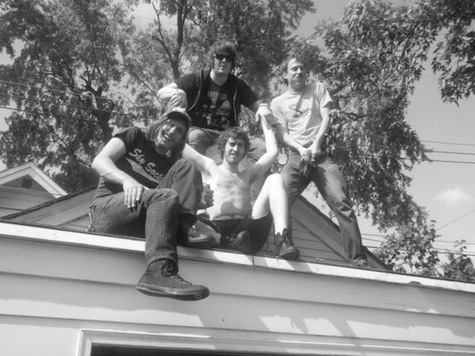
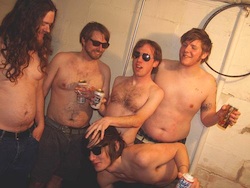
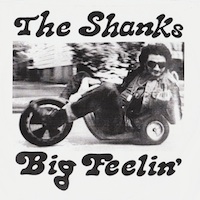
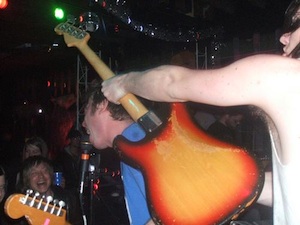

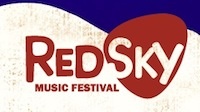
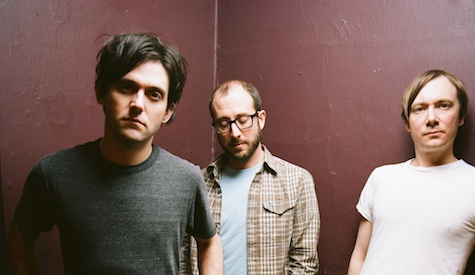
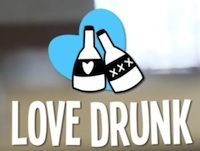

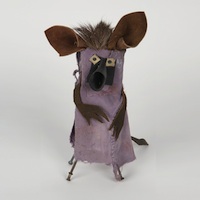
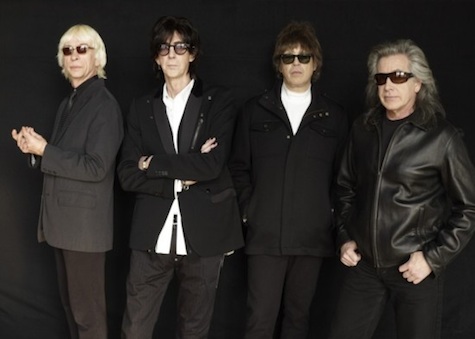
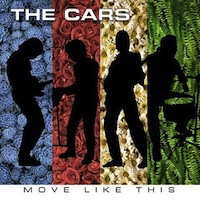
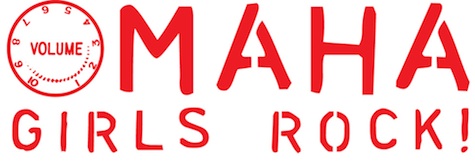
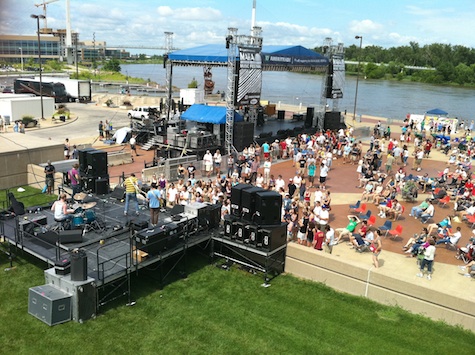
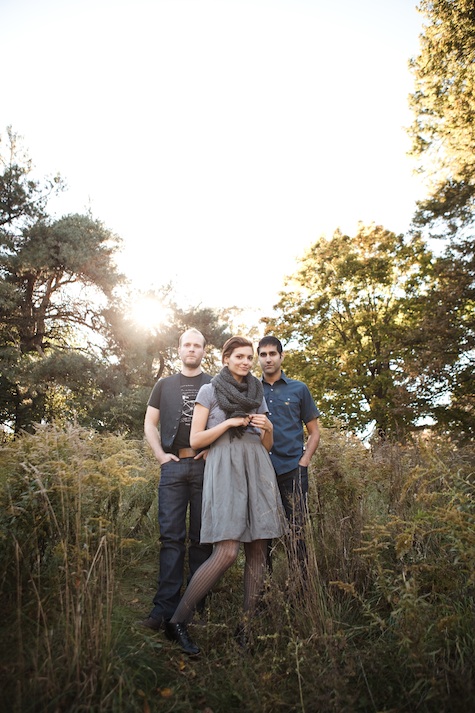


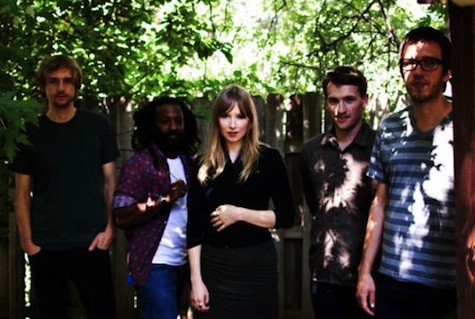
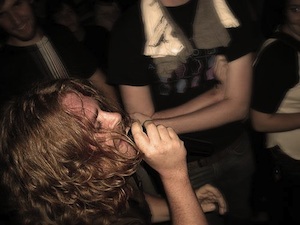
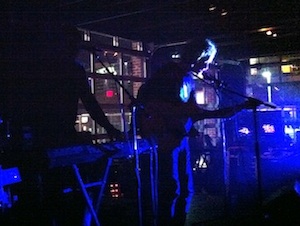
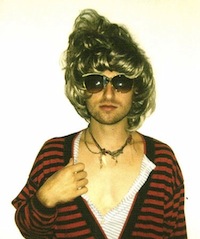
Recent Comments